Speech-language pathology remains a developing profession in the Philippines. It is undeniable that there are several aspects that need to be further explored and understood. After all, the contextualization of practice is critical for individualized and holistic service delivery. At present, there exist hurdles that pose challenges to the profession, but the officers do not view these as hindrances. Rather, they regard such barriers as a catalyst or a springboard for growth and success. Certainly, the aspirations of the officers for the organization and the profession hold great promise in advancing the current SLP practice in the country. What are the issues and concerns uppermost in the minds of our incoming officers?
The limited presence of SLPs in certain settings, such as in schools, hospitals, and remote areas.
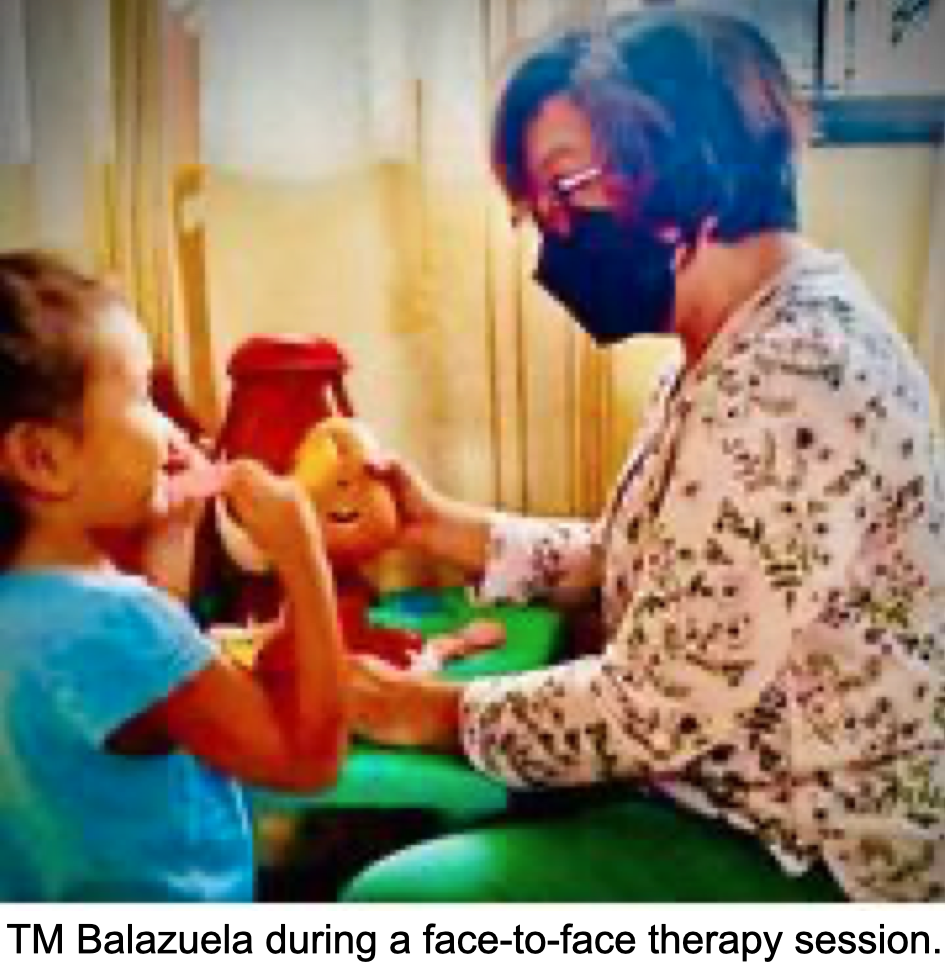 TM Balazuela contrasted the educational model with the medical model of service delivery. In the US and China, where she has worked as a school-based SLP, their utilization of the educational model paved the way for intervention goals to be aligned with the core curriculum of the child’s school. In this manner, targeting language and literacy skills was always framed within the context of education. This allowed SLP screening and management to be provided earlier in the schools. The educational environment gives the SLP an opportunity to view children in varied situations, such as in their interactions with classmates and during extracurricular events, which are often not observed in the clinic setting. The medical model employed in the Philippines generally involves waiting for the physician’s assessment before a client is referred to an SLP. Also, clients attain services by going to hospitals and clinics, not schools. However, in spite of the benefits offered by the educational model, implementing this in the Philippines will be challenging. TM advocates for the integration of the educational model, as this allows clinicians to see the child more holistically, rather than centering on their disability.
TM Balazuela contrasted the educational model with the medical model of service delivery. In the US and China, where she has worked as a school-based SLP, their utilization of the educational model paved the way for intervention goals to be aligned with the core curriculum of the child’s school. In this manner, targeting language and literacy skills was always framed within the context of education. This allowed SLP screening and management to be provided earlier in the schools. The educational environment gives the SLP an opportunity to view children in varied situations, such as in their interactions with classmates and during extracurricular events, which are often not observed in the clinic setting. The medical model employed in the Philippines generally involves waiting for the physician’s assessment before a client is referred to an SLP. Also, clients attain services by going to hospitals and clinics, not schools. However, in spite of the benefits offered by the educational model, implementing this in the Philippines will be challenging. TM advocates for the integration of the educational model, as this allows clinicians to see the child more holistically, rather than centering on their disability.
Aileen Matalog, on the other hand, shared her passion for working in a hospital-based setting. She stated that she personally feels and knows that Filipinos need SLPs in the hospitals, especially for the adult and geriatric practice. This is increasingly relevant given the increasing median age of the Philippine population; more aging Filipinos will need our services. Only a small number of SLPs cater to medical conditions such as stroke, head and neck cancer, kidney failure, chronic heart diseases, and dementia. The clinicians who do work with these populations are generally clustered in Metro Manila. To address this, she strives to encourage practitioners to work in their local communities, so that services can be accessed not only in the hospitals but at the barangay level and in primary healthcare units. Guiding the community will help the members to become more empowered and independent in carrying out basic screening and management approaches. In areas wherein SLPs are not available, Aileen contemplates the possibility of SLPs educating other professionals who are typically greater in number to administer some assessment and intervention practices.
Similarly, Bea Lozada discussed the barriers to accessing services, particularly the lack of SLPs in areas outside of NCR and its neighboring regions, such as in provincial communities. Free online therapy projects (i.e., virtual TheraFree) can be explored to reach clients amidst the pandemic.
The fundamental role of the client’s family in intervention.
Julie Garcia-Rimando talked about her interest in the beliefs of different Filipino cultures with regard to learning language. Certain pamahiin (superstitions) among families that particular practices hinder language development may contradict with the clinical knowledge of therapists. Nonetheless, these traditional notions should be acknowledged and respected, rather than dismissed because perspectives of families are critical in the intervention process. The clinician and caregivers should aim to communicate openly with one another to meet halfway, always prioritizing the welfare of the child.
Carmela Castillo-Go highlighted how family dynamics are pivotal to successful therapy. Looking into patterns, interactions, and roles of relatives provides the clinician with a more comprehensive view of the client. Maximizing family coaching and involvement results in intervention approaches being more readily and consistently carried over at home. Carmela points out that SLPs do not usually spend only one year with the child, but become lifelong partners with their family. In addition, Carmela spoke about connecting SLPs through establishing or strengthening chapters per province (e.g., Batangas, Pampanga, Baguio, etc) so that therapists have support in their geographic area.
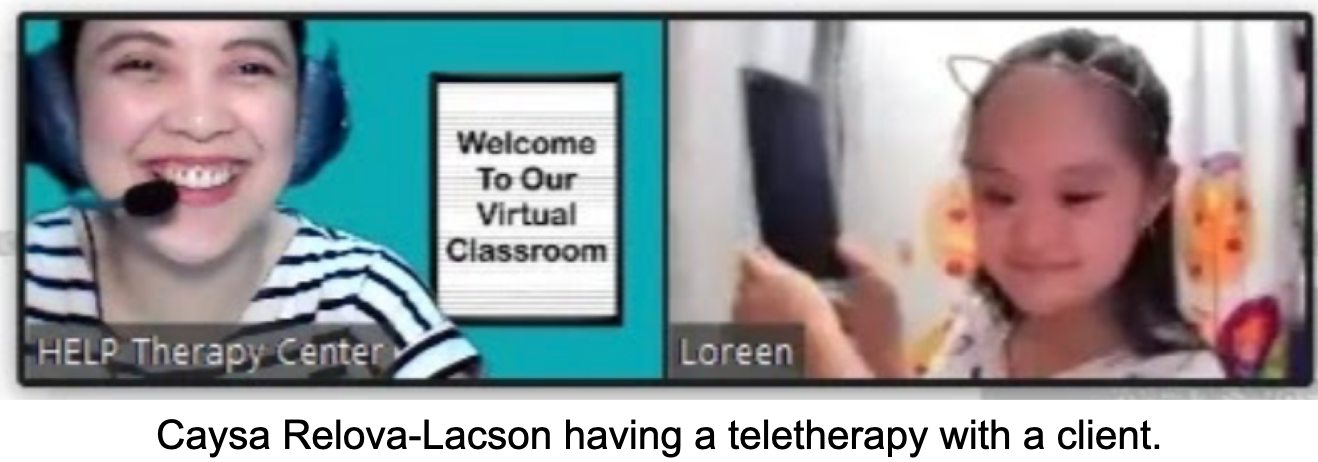
Caysa Relova-Lacson mentioned early intervention as an area that she regards highly. In her 25 years of practice, she has several clients whom she met as toddlers and who are now thriving in their respective college universities or areas of employment. She also recognizes that financial capability is a hindrance in accessing SLP services in the Philippines. There are families - and they are not few - who have had to discontinue their participation in therapy due to financial constraints.
The SLP Law and the future direction of PASP
The enactment into law of RA 11249 (the Speech Language Pathology Act of 2019, or what is often called the SLP Law) has served as a catalyst for PASP to work towards becoming the accredited integrated professional organization (AIPO) which will strengthen the organization’s legal authority and credibility. The regulation of practice through the SLP Law serves to protect the profession, its members, and the clients and their families) from the pseudo-therapists who continue to pose risks against the profession and its stakeholders. Furthermore, Jay Katalbas pointed out that the existence of licensure within the profession will strengthen and reinforce the credibility of SLPs as professionals who manage communication and swallowing.
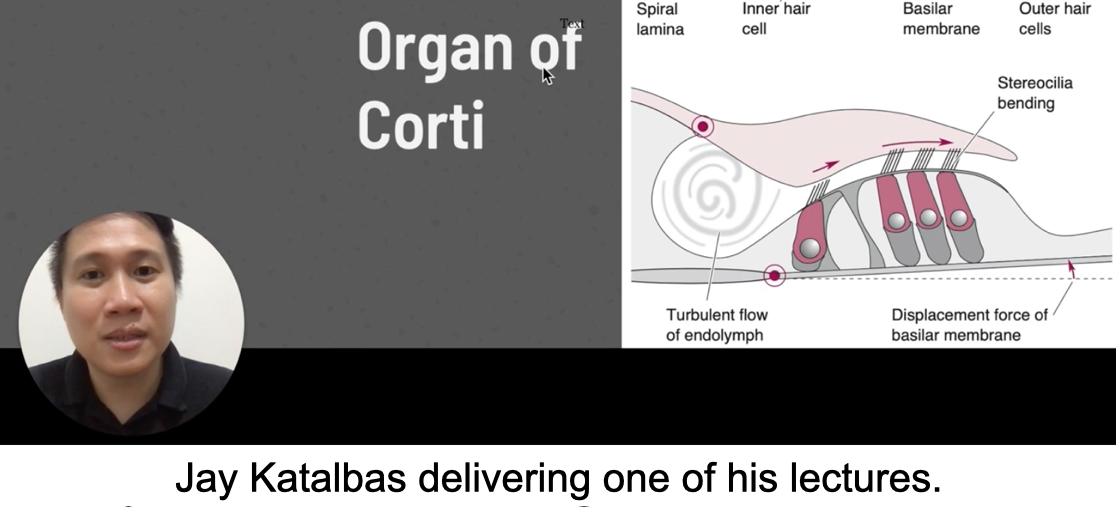
Iric Santos and Dav Quilantang talked about the need to heighten membership engagement (i.e., involvement in projects). At present, there are SLPs in the Philippines who are not members of the organization. It is Iric’s aspiration that PASP be seen as an organization that is beneficial to individual clinical practice, because it makes seminars or continuing education available, but also because practitioners recognize PASP as a community and an avenue that fosters collaboration and growth.
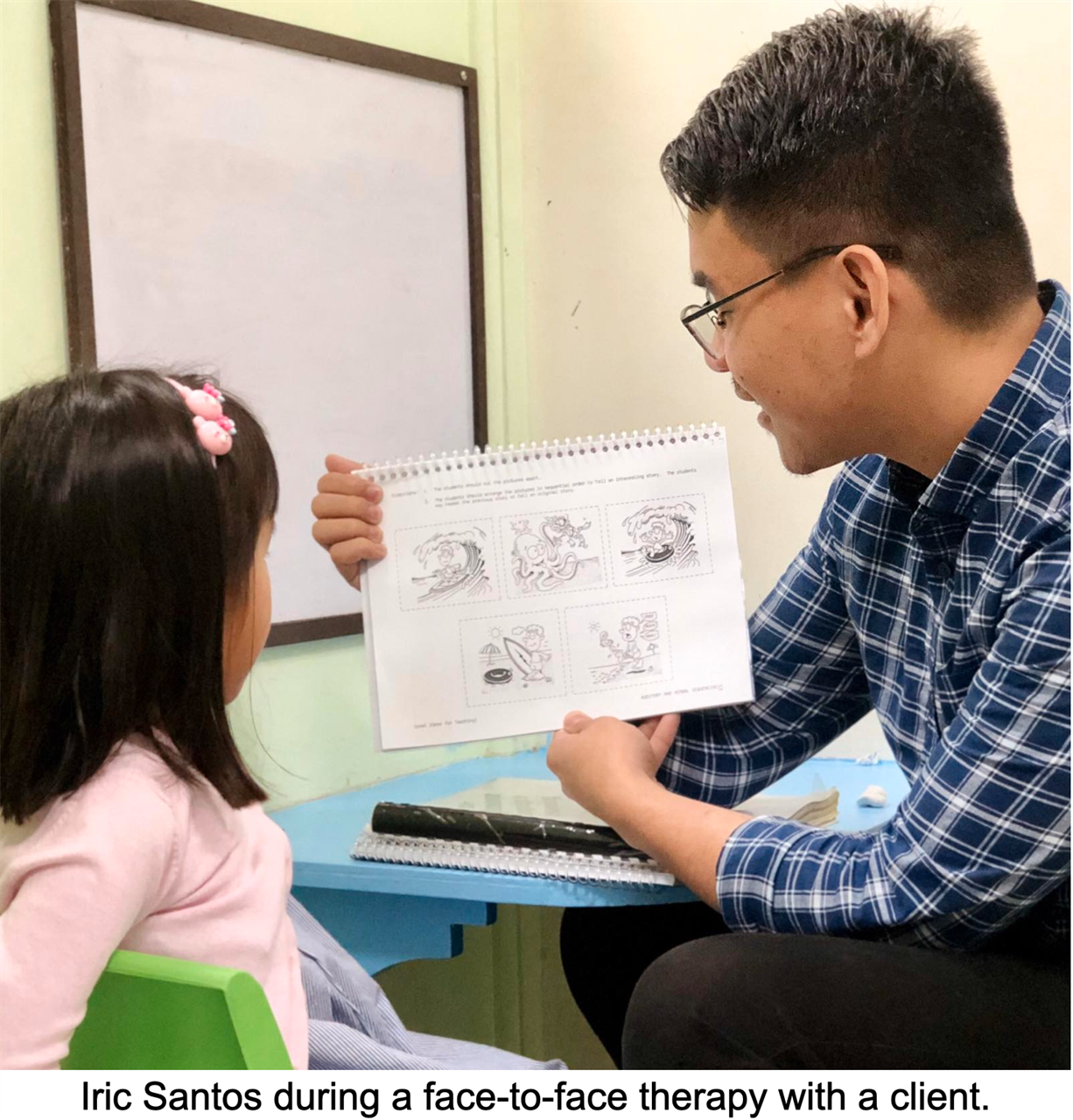 Like Aileen Matalog, Iric looks forward to the development of SIGs; he sees the SIGs as a venue for SLPs who specialize in the same area to interact, discuss, and develop research projects specific to that area. He believes that empowering SIGs will be beneficial for the profession, as it will advance specific areas of practice. Dav likewise recognizes the need to provide more opportunities for research. She also feels that increasing the employment of SLPs in government institutions is pivotal. Raising the salary grade of clinicians in government hospitals (possible once the licensure process is implemented by the Professional Regulatory Board of Speech Language Pathology or PRB-SPL) can motivate more practitioners to work in this setting. Jay stated similar beliefs and specified the need for the generation of localized research. He recognizes that current norms exist (e.g., consonant acquisition norms), but they may not be applicable to the entire population; research to develop norms for the Filipino population is needed. After all, the profession should specifically aspire to serve the Filipino people.
Like Aileen Matalog, Iric looks forward to the development of SIGs; he sees the SIGs as a venue for SLPs who specialize in the same area to interact, discuss, and develop research projects specific to that area. He believes that empowering SIGs will be beneficial for the profession, as it will advance specific areas of practice. Dav likewise recognizes the need to provide more opportunities for research. She also feels that increasing the employment of SLPs in government institutions is pivotal. Raising the salary grade of clinicians in government hospitals (possible once the licensure process is implemented by the Professional Regulatory Board of Speech Language Pathology or PRB-SPL) can motivate more practitioners to work in this setting. Jay stated similar beliefs and specified the need for the generation of localized research. He recognizes that current norms exist (e.g., consonant acquisition norms), but they may not be applicable to the entire population; research to develop norms for the Filipino population is needed. After all, the profession should specifically aspire to serve the Filipino people.
The varying roles of SLPs for particular clientele and situations.
Vito Garcia raised an interesting point for discussion regarding the relationship between SLPs and the deaf population. He explained that SLPs have an established role and objective when providing aural habilitation. However, those objectives may not apply within the deaf community. This creates a point of interrogation and re-evaluation — what is our role as professionals who engage with the deaf community? This perspective can also be applied with other clientele. There is a need to consider and question whether our management is based on preconceived ideas of how the client should function within society. 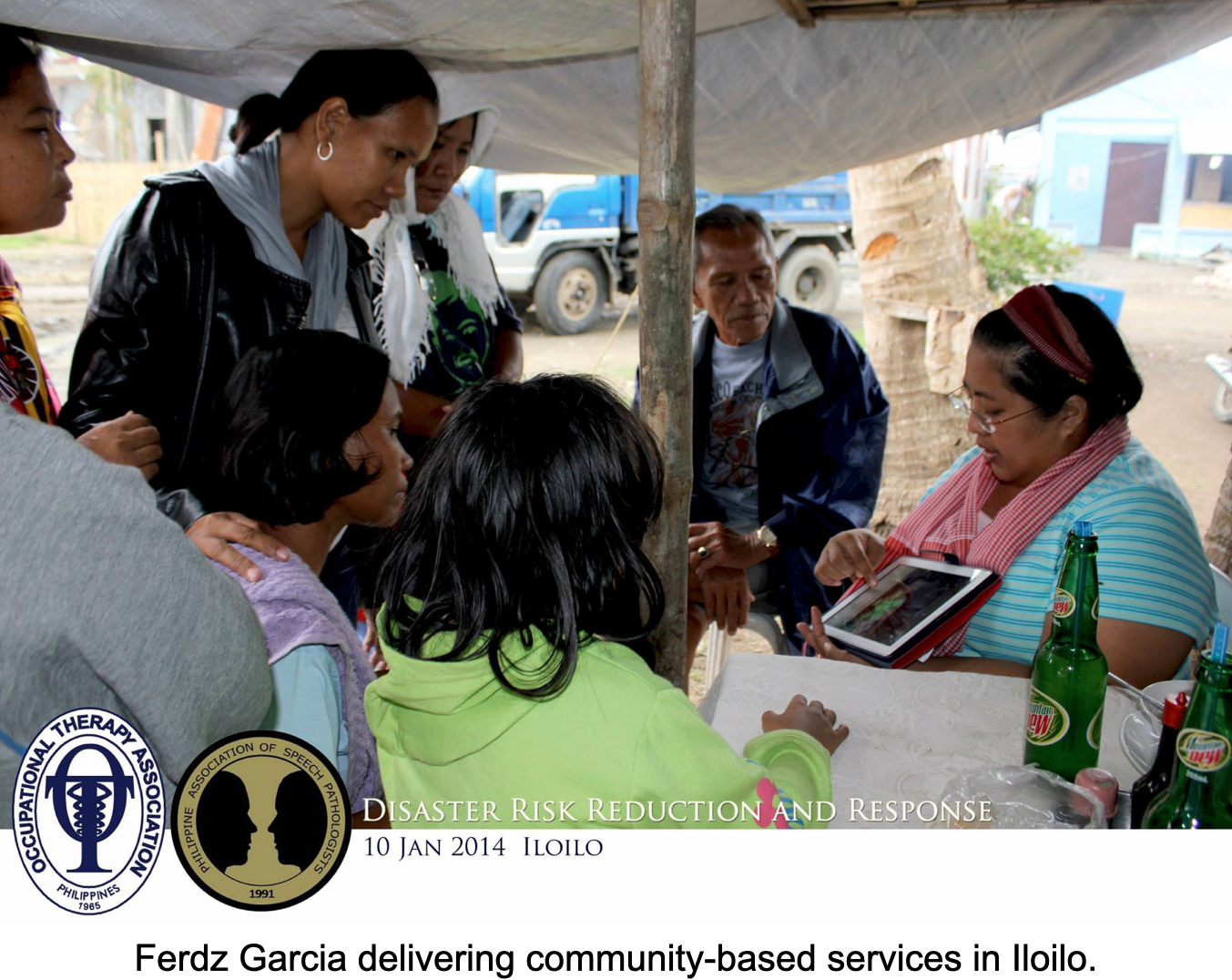 Ferdz Garcia talked about her experience regarding the role of SLPs in disaster risk reduction and management in low resource settings, improvement of accessibility in low resource areas wherein SLP services are not available, and advocating and lobbying for programs and policies among private and public institutions in the country. All of these strengthened her advocacy of and passion for inclusive development, especially with regard to excluded populations who may be at risk for communication and swallowing disorders such as women, children, older people, and indigenous people. She recognized the need to promote communication for participation at all ages and for all communities because the end-goal of SLP support and service provision should always be societal participation and integration. Swallowing must also be valued because in our culture meals and mealtimes are a center point for socialization; a decreased ability to swallow decreases not only nutrition but also social participation.
Ferdz Garcia talked about her experience regarding the role of SLPs in disaster risk reduction and management in low resource settings, improvement of accessibility in low resource areas wherein SLP services are not available, and advocating and lobbying for programs and policies among private and public institutions in the country. All of these strengthened her advocacy of and passion for inclusive development, especially with regard to excluded populations who may be at risk for communication and swallowing disorders such as women, children, older people, and indigenous people. She recognized the need to promote communication for participation at all ages and for all communities because the end-goal of SLP support and service provision should always be societal participation and integration. Swallowing must also be valued because in our culture meals and mealtimes are a center point for socialization; a decreased ability to swallow decreases not only nutrition but also social participation.
Ultimately, all the officers’ unique insights and visions for the SLP practice in the Philippines are worth exploring. The consolidation of their diversities—the differences in their personal values, advocacies, and goals—and alignment of these principles with PASP’s primary purpose will be vital to the advancement of the Speech Pathology discipline, profession, and services in the Philippines not just for practitioners, but for the individuals that these clinicians serve as well.
Written by:
Ana Sophia F. David, Maria Blanquita M. Salvador, Regina Ariane DR Tayag, Kristine A. Villena